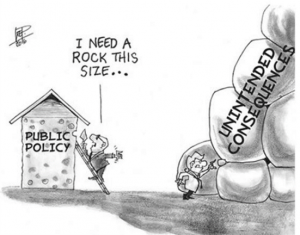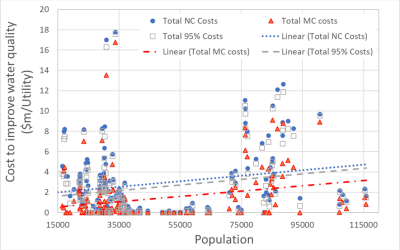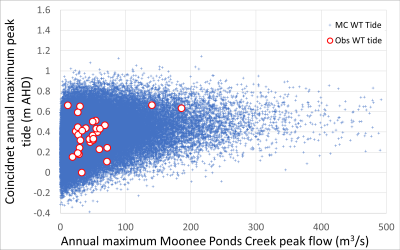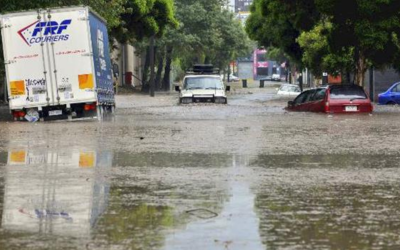 Borrowing from nature to create self organising systems frameworks of big data to understand urban water behaviours
Borrowing from nature to create self organising systems frameworks of big data to understand urban water behaviours
Peter J Coombes
Contribution at 12:20 pm on Monday 13 June 2022 to the SOCIAL RESPONSIBILITY OF ALGORITHMS 2022 online conference convened at the Australian National University.
Our cities are complex systems that responded to multiple shocks during the last two decades including floods, droughts, fires, climate change, economic stress, variable political and governance decisions, and pandemic. These processes influence the behaviours of households, businesses and institutions which creates direct and feedback responses across the scales from property to region in urban water systems.
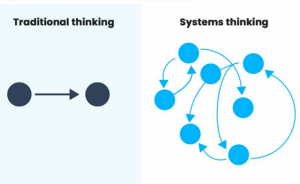
Traditional and systems thinking
Meadows (2008) explained the next paradigm to understand future challenges and policies to intervene in an increasingly complex world as bottom up, hierarchical, self-organising systems frameworks of behaviour. Use of top down averages derived from a single scale, at spatial and temporal scales, in analysis of resources and economics was unlikely to reveal the potential for integration of policies or solutions within a system. Barry and Coombes (2018) confirmed this insight and highlighted the magnitude of unused big data available for research. Coombes and Barry (2015) summarised development, across two decades of applied research, of a bottom up and hierarchical Systems Framework of big data.
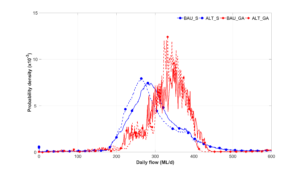
Impacts of top down and average assumptions
Crick and Watson (1953) revealed the function of four base pairs that order dynamic processes in DNA to reproduce structure and behaviour. These dynamic processes of copying genetic information and ordering in highly structured frameworks in multi-dimensional space can provide engineering tools (Albert, 2003).
This coding structure of order and sequencing was utilised by the author to reproduce behaviour typologies and trigger changes in behaviour modes in bottom up systems framework models. These algorithms include base pairs of key environmental parameters that map big data from anthropological, ecosystem and economics sources within hierarchical frameworks to reproduce behaviours at different spatial and temporal scales. This mechanism is assisted by Nash (1950) equilibrium and non-parametric matching to resolve continuous changing (and unknowable) relationship to reproduce self-ordering systems behaviours. This paper will outline these algorithms for improving society choices using the last two decades of information from the Melbourne and Sydney regions.
References
- Alberts, B., (2003), DNA replication and recombination, Nature, 421(23), 431-435.
- Barry, M. E., and Coombes P. J., (2018), Planning resilient water resources and communities: the need for a bottom-up systems approach, Australasian Journal of Water Resources, 22(2), 113-136.
- Coombes, P.J. and Barry, M.E., (2015), A Systems Framework of Big Data for Analysis of Policy and Strategy, WSUD2015 Conference. Engineers Australia. Sydney. Australia.
- Meadows, D.H., (2008), Thinking in systems: a primer, Chelsea Green Publishing.
- Nash J.F., (1950), The bargaining problem. Econometrica. 18, 155-162.
- Watson, J. D., and Crick, F. H. C., (1953), A structure for deoxyribose nucleic acid. Nature, 171, 737–738.

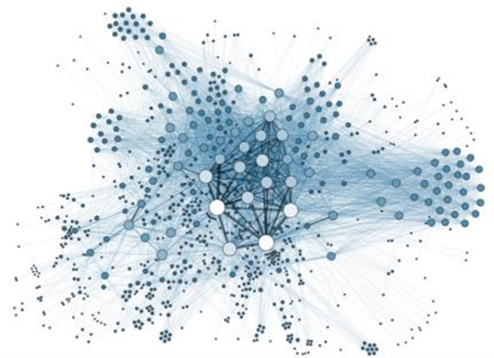
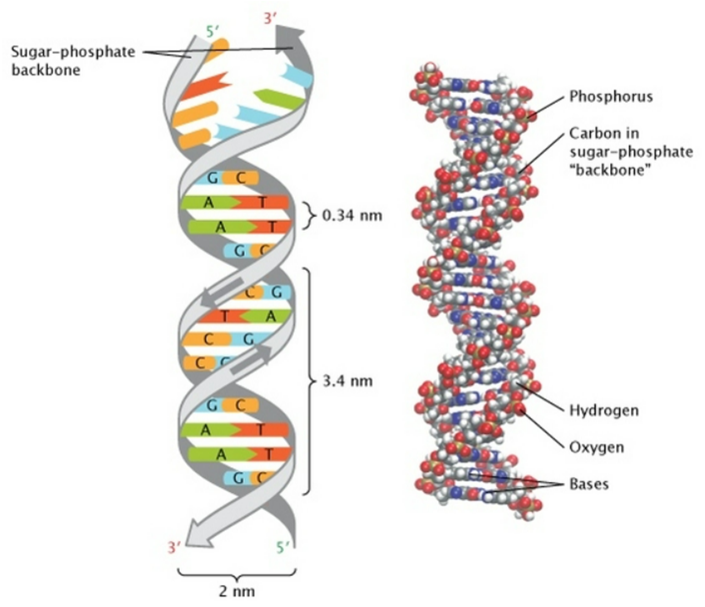
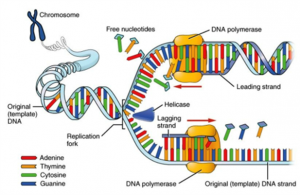 Structure of DNA and polymerase
Structure of DNA and polymerase